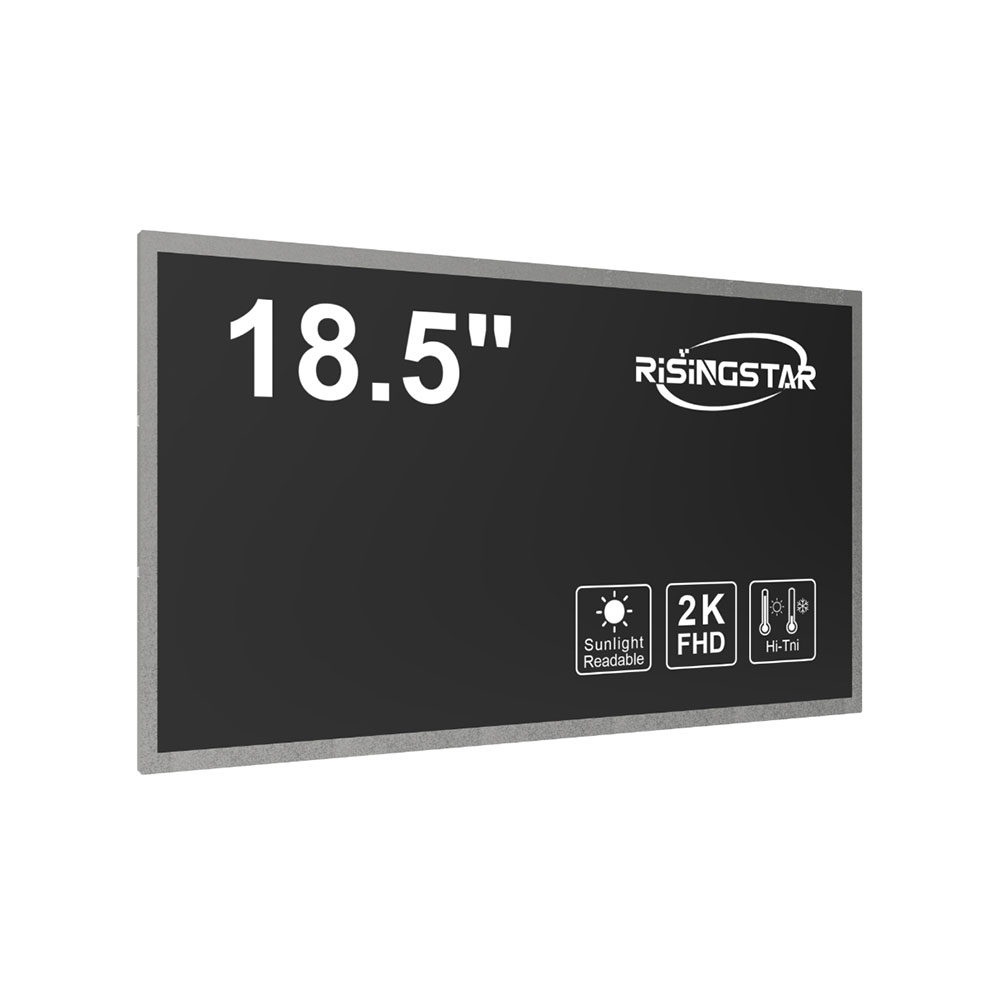When it comes to outdoor digital signage, strip LED display screens have become a cornerstone solution for large-scale advertising, public information systems, and architectural integration. These ultra-thin, modular displays are designed specifically for harsh environmental conditions—offering high brightness (typically 5,000–10,000 nits), IP65 or higher weatherproofing, and long-term durability. The industry offers a wide range of standard sizes—from compact 14.1-inch units up to massive 86-inch panels—each tailored for specific applications such as stadium scoreboards, highway message signs, building facades, and retail kiosks.
For example, the 14.1” and 19” models are ideal for indoor-outdoor hybrid environments like bus stops or small storefronts, where space is limited but visibility must remain high. Meanwhile, the 28”–48” range dominates commercial installations such as shopping malls and airports due to their optimal balance between resolution, viewing angle, and cost-effectiveness. Larger formats like 56.6”, 58.4”, and even 86” are increasingly used in sports venues and urban plazas where immersive visuals matter—especially when paired with high refresh rates (≥3,840 Hz) and HDR support.
From an engineering standpoint, these screens follow strict standards such as IEC 60068 (environmental testing), EN 55032 (EMC compliance), and MIL-STD-810G (mechanical shock resistance). Our team at [Your Company Name] has deployed over 200+ outdoor strip screen installations globally, from Dubai’s Burj Khalifa façade to Seoul’s subway station networks, ensuring that every project meets local climate demands—including extreme heat, humidity, and UV exposure.
What sets modern strip screens apart is not just size, but pixel pitch options (ranging from P1.2 to P10), which determine clarity at various distances. For instance, a P1.9 screen on a 29.4” panel delivers sharp content at 3 meters—a critical factor for pedestrian-level engagement. Additionally, our proprietary thermal management system prevents overheating in direct sunlight, extending lifespan beyond 100,000 hours under continuous operation.

In short, choosing the right strip screen size isn’t just about aesthetics—it’s a strategic decision involving brightness, environment, audience proximity, and long-term ROI. Whether you’re installing a 19.5” unit for a café or a 48.5” screen for a citywide campaign, understanding the technical nuances ensures success in any outdoor lighting scenario.







